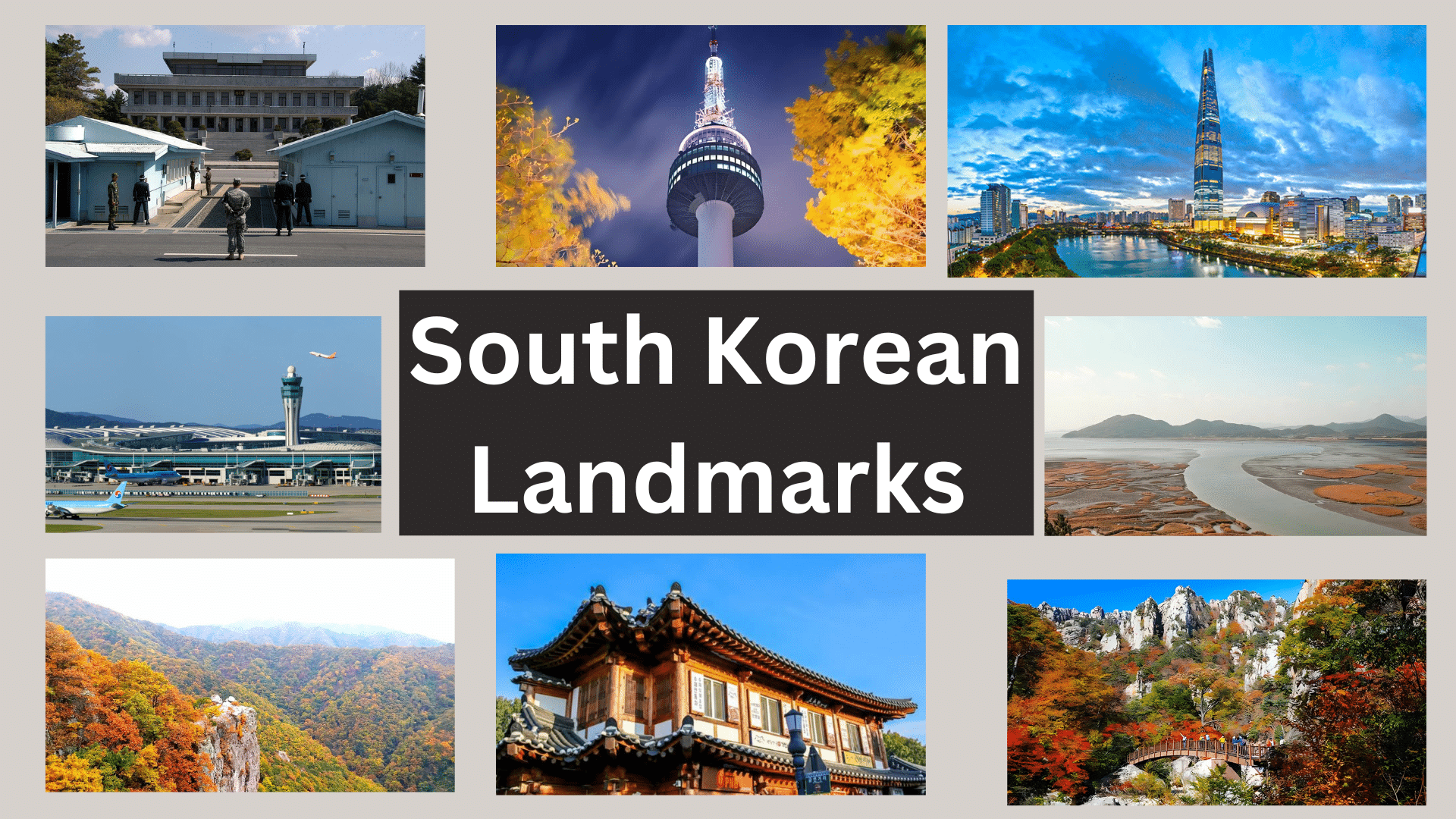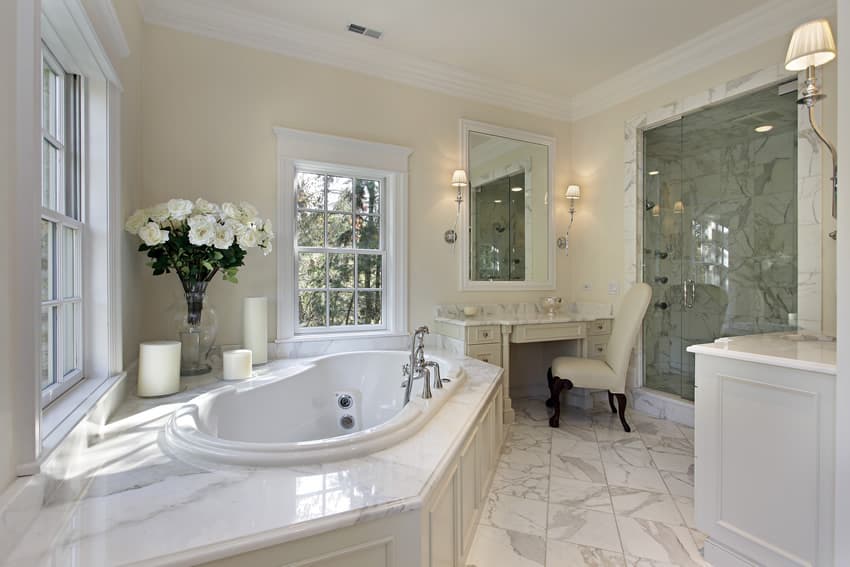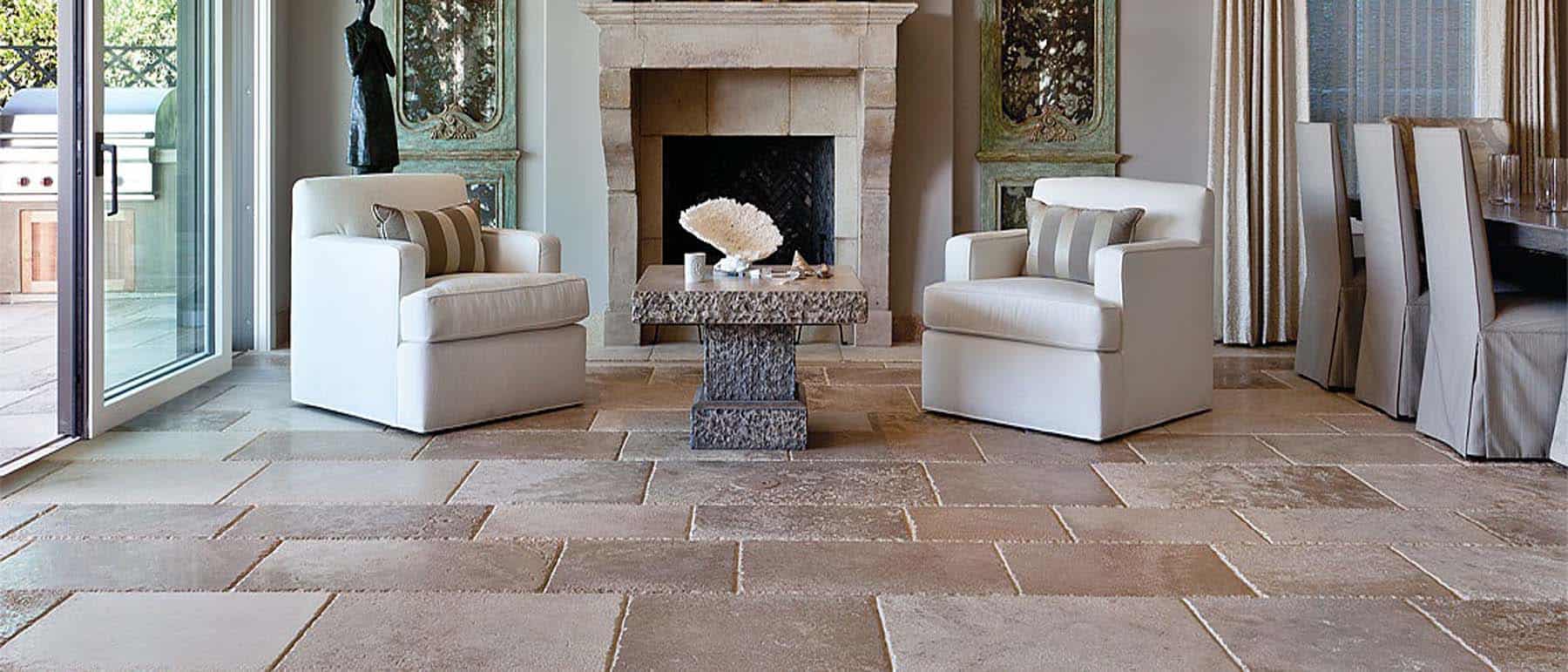Top 15 Must-Visit Landmarks in South Korea
South Korea has so many amazing places to visit, and if you’re planning a trip, you won’t want to miss the best ones.
From ancient palaces to breathtaking natural spots, there’s something for everyone. We’ve put together a list of the top 15 places you should see to make the most of your trip.
If you love history, culture, or modern attractions, these locations offer the most unforgettable experiences for you.
Get ready to see places that highlight Korea’s deep traditions and lively atmosphere. Here are the must-visit landmarks that deserve a spot on your travel list!
Why These Landmarks Matter
South Korea’s landmarks are more than just spots to take photos. They tell the story of a nation with deep roots and a fast-moving present.
Each site shows a piece of Korean identity, from royal palaces that stood for centuries to modern buildings that point to the future.
These places help visitors understand Korean culture, history, and values.
By seeing these landmarks, you can follow South Korea’s path from an ancient kingdom to today’s global leader in technology and pop culture.
If you love history, nature, or modern design, these landmarks offer real connections to what makes South Korea special.
South Korea’s Most Impressive Landmarks
South Korea boasts landmarks that span centuries of history and culture. These sites showcase the nation’s rich past, natural wonders, and forward-thinking vision.
From royal palaces to modern skyscrapers, each landmark offers unique insights into Korean identity and traditions.
Historical Landmarks
Step back in time and witness Korea’s royal heritage and traditional architecture.
These historical treasures have survived wars and modernization to tell their stories today. Each site offers a window into Korea’s rich cultural history.
1. Gyeongbokgung Palace
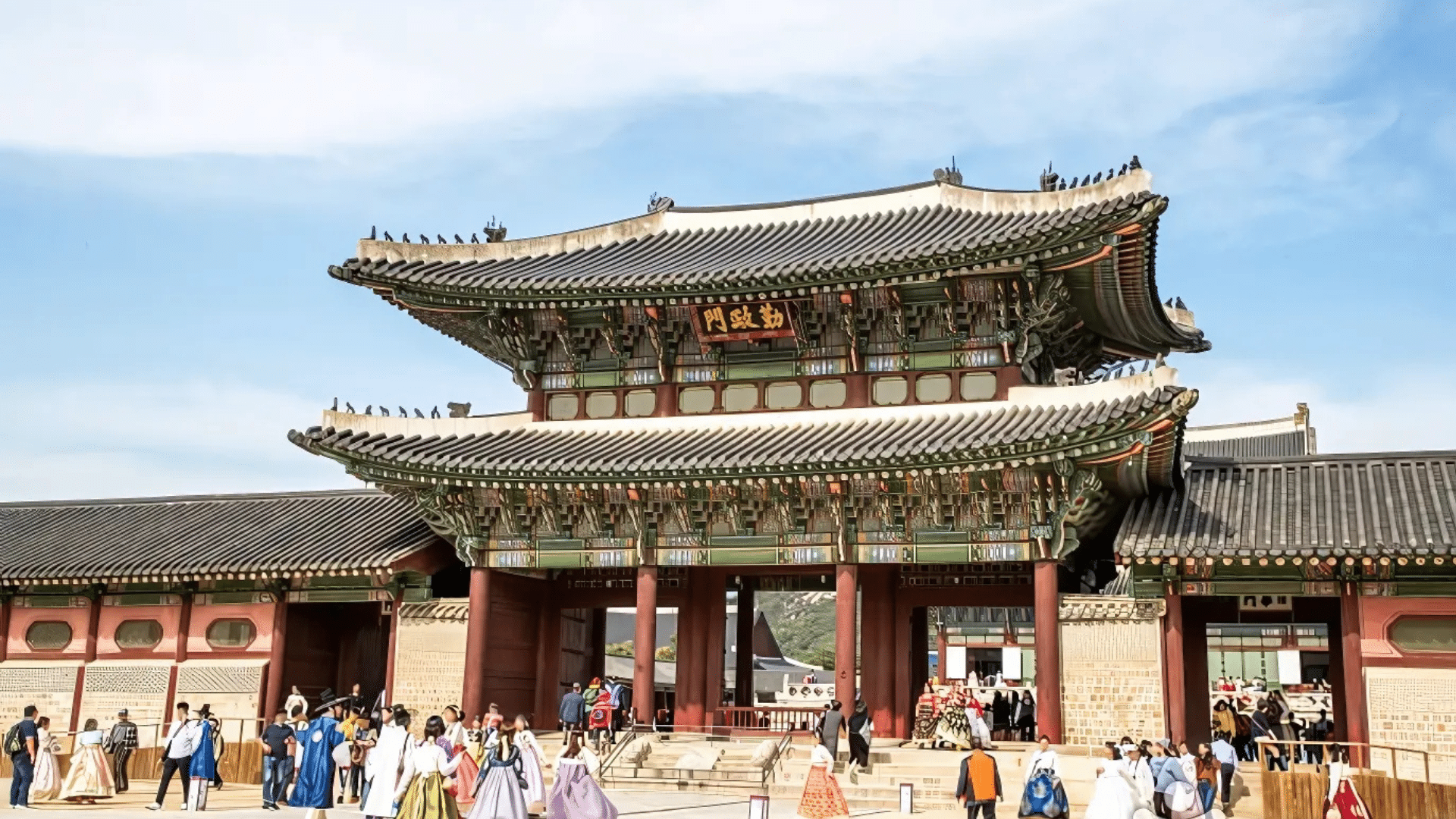
Overview: The largest and most magnificent of the Five Grand Palaces in Seoul.
Facts:
- Built in 1395 as the main royal palace of the Joseon Dynasty.
- Destroyed by fire during the 1590s Japanese invasions and restored in the 19th century.
- Features over 7,000 rooms across numerous buildings and pavilions.
- The name means “Palace Greatly Blessed by Heaven.”
Why Visit: Experience the grandeur of Korea’s royal past and watch the colorful Changing of the Guard ceremony.
2. Changdeokgung Palace
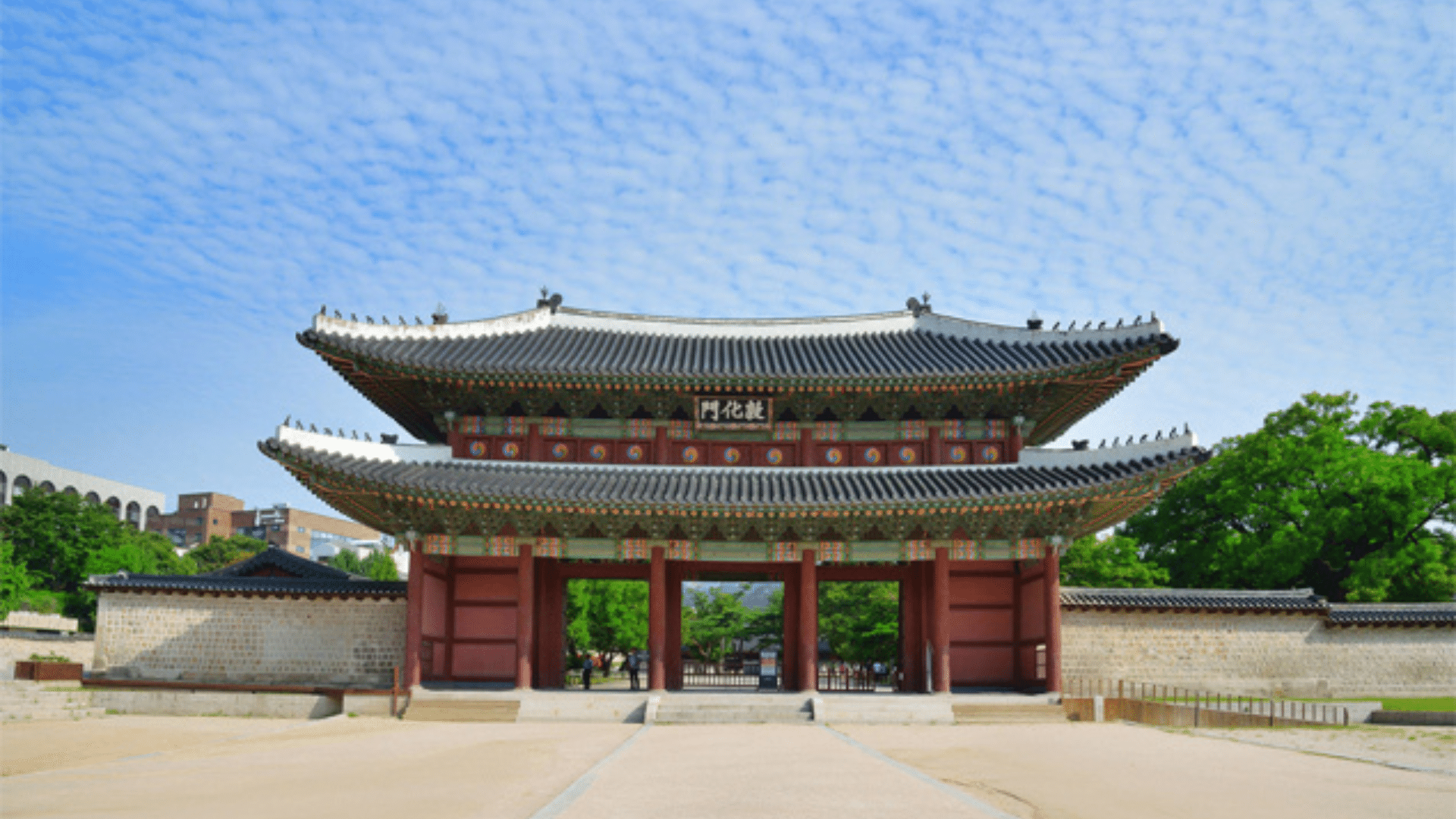
Overview: A UNESCO World Heritage Site known for its harmony with the natural landscape.
Facts:
- Built in the early 15th century as a secondary palace.
- Features the beautiful “Secret Garden” with traditional landscaping.
- One of the best-preserved royal palaces in Seoul.
Why Visit: Find the famous Secret Garden and admire the perfect blend of architecture and nature.
3. Bulguksa Temple
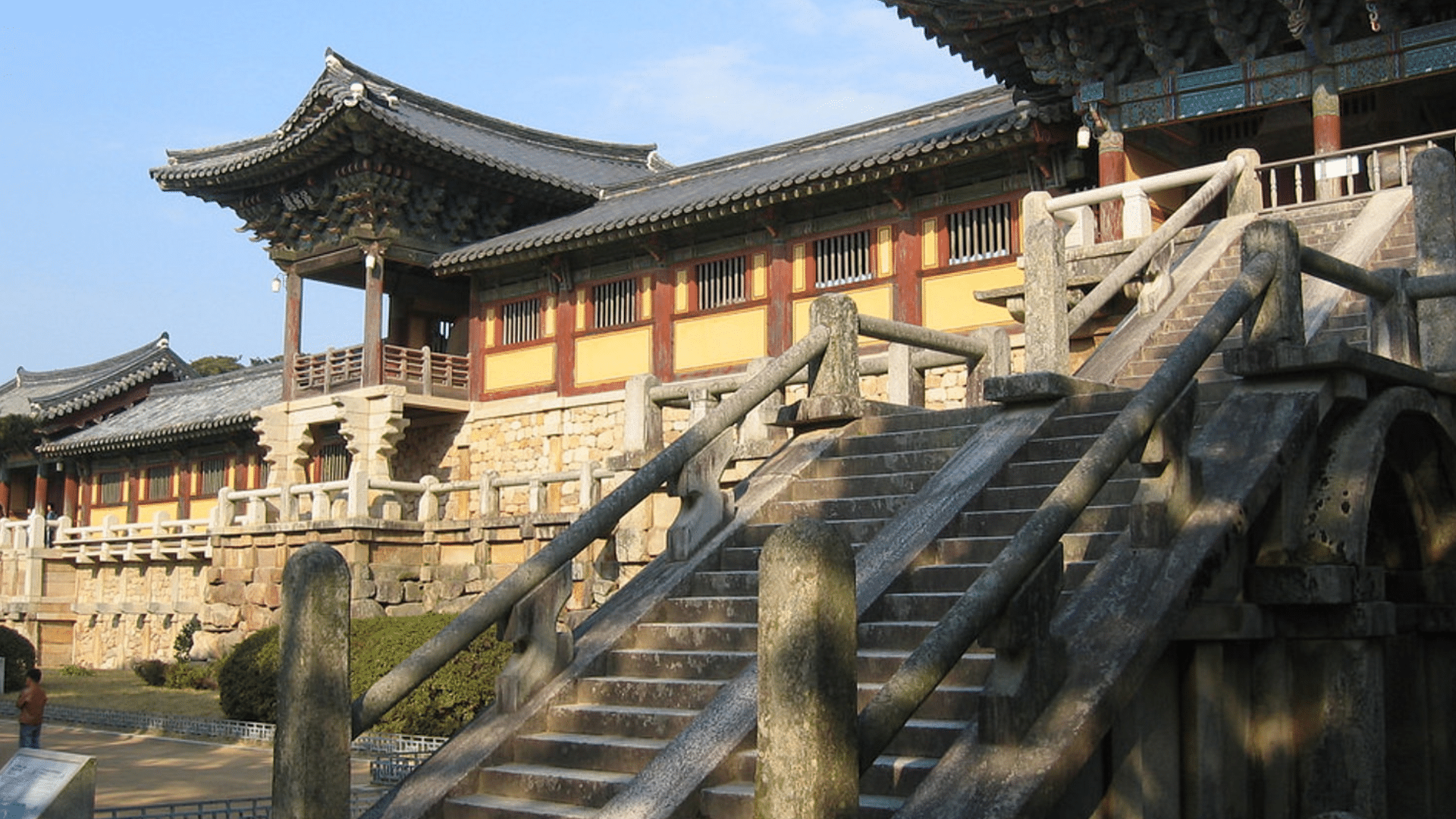
Overview: A Beautiful Buddhist temple complex on the slopes of Mount Toham.
Facts:
- Built in the 8th century during the Silla Kingdom.
- Home to seven national treasures of South Korea.
- A UNESCO World Heritage Site since 1995.
Why Visit: Marvel at the ancient Buddhist art and architecture from Korea’s golden age.
4. Jeonju Hanok Village
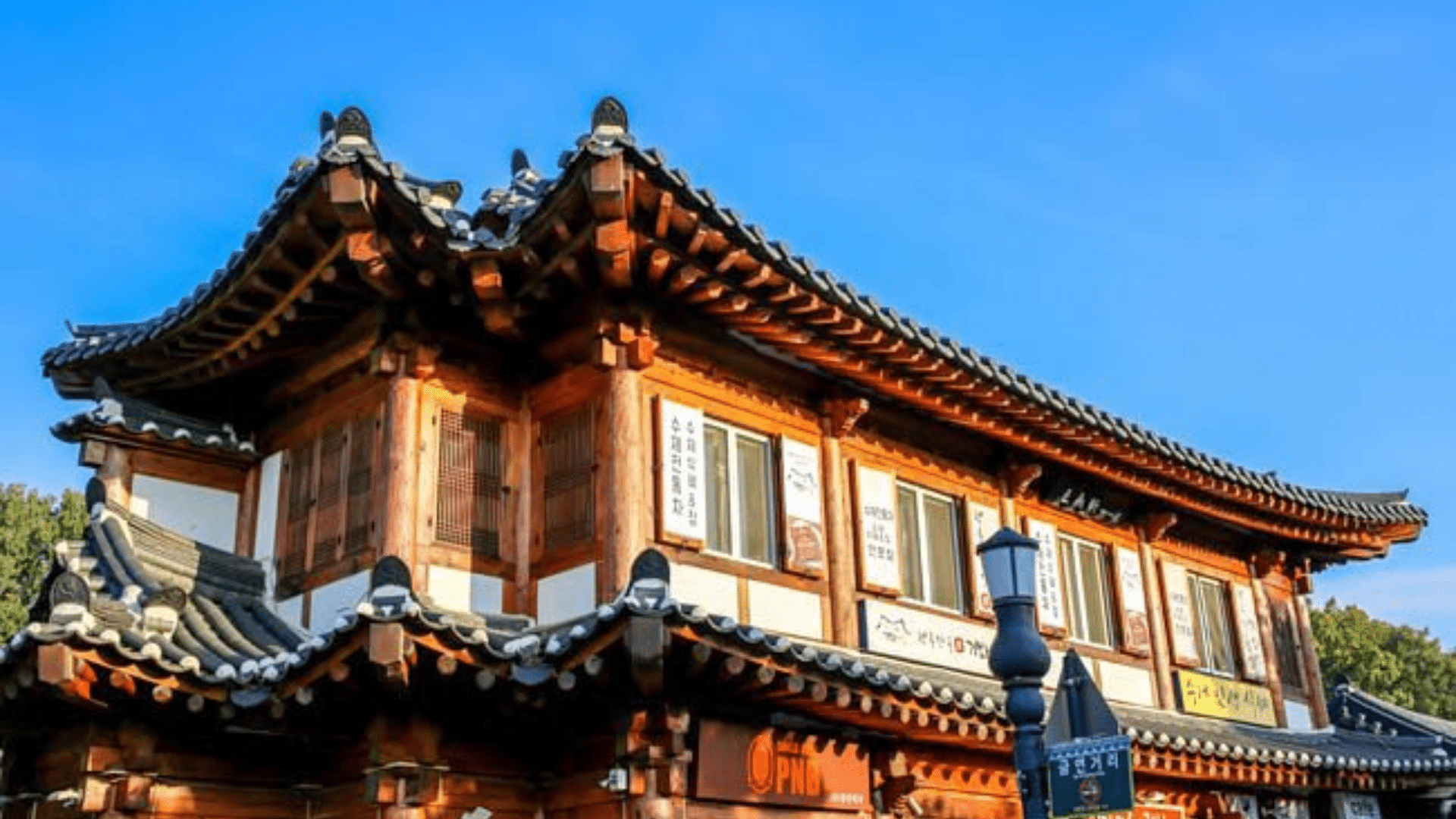
Overview: A traditional Korean village with over 800 hanok houses.
Facts:
- Features traditional Korean houses with distinctive curved roofs.
- Known for its food culture and as the birthplace of bibimbap.
- One of the best-preserved traditional villages in Korea.
Why Visit: Walk through cobblestone streets and experience life in traditional Korean homes.
5. Bukchon Hanok Village
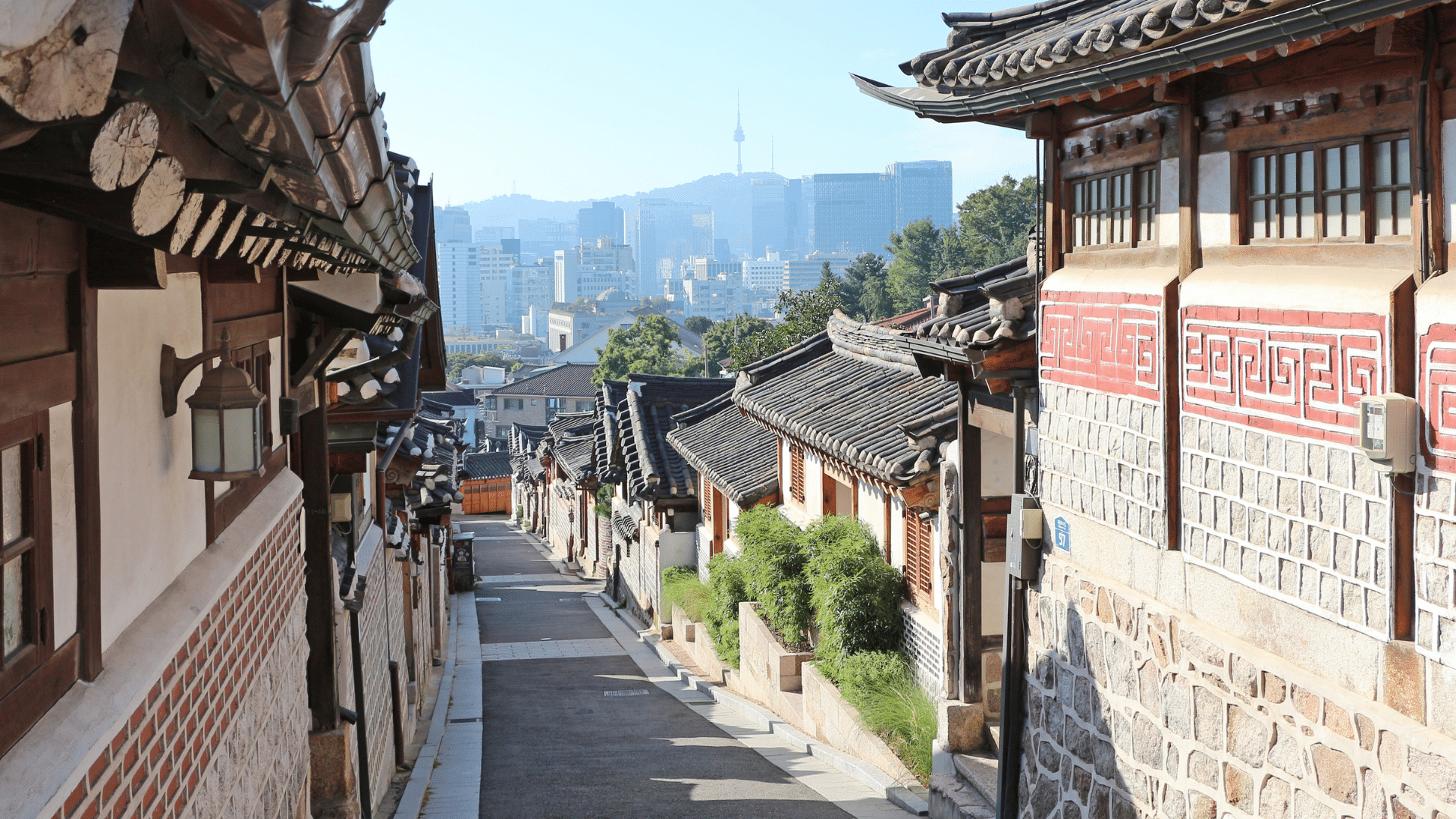
Overview: A historic neighborhood in the heart of Seoul.
Facts:
- Located between two palaces, it housed noble families during the Joseon Dynasty.
- Contains hundreds of traditional Korean houses.
- Many buildings now serve as cultural centers, tea houses, and museums.
Why Visit: See how traditional architecture exists within a modern metropolis.
Natural Landmarks
South Korea’s natural beauty often surprises visitors.
From coastal wetlands to volcanic islands and mountain peaks, the country’s landscapes offer peaceful retreats from urban life.
These natural wonders showcase Korea’s biological diversity and scenic beauty.
6. Suncheonman Bay Wetland Reserve
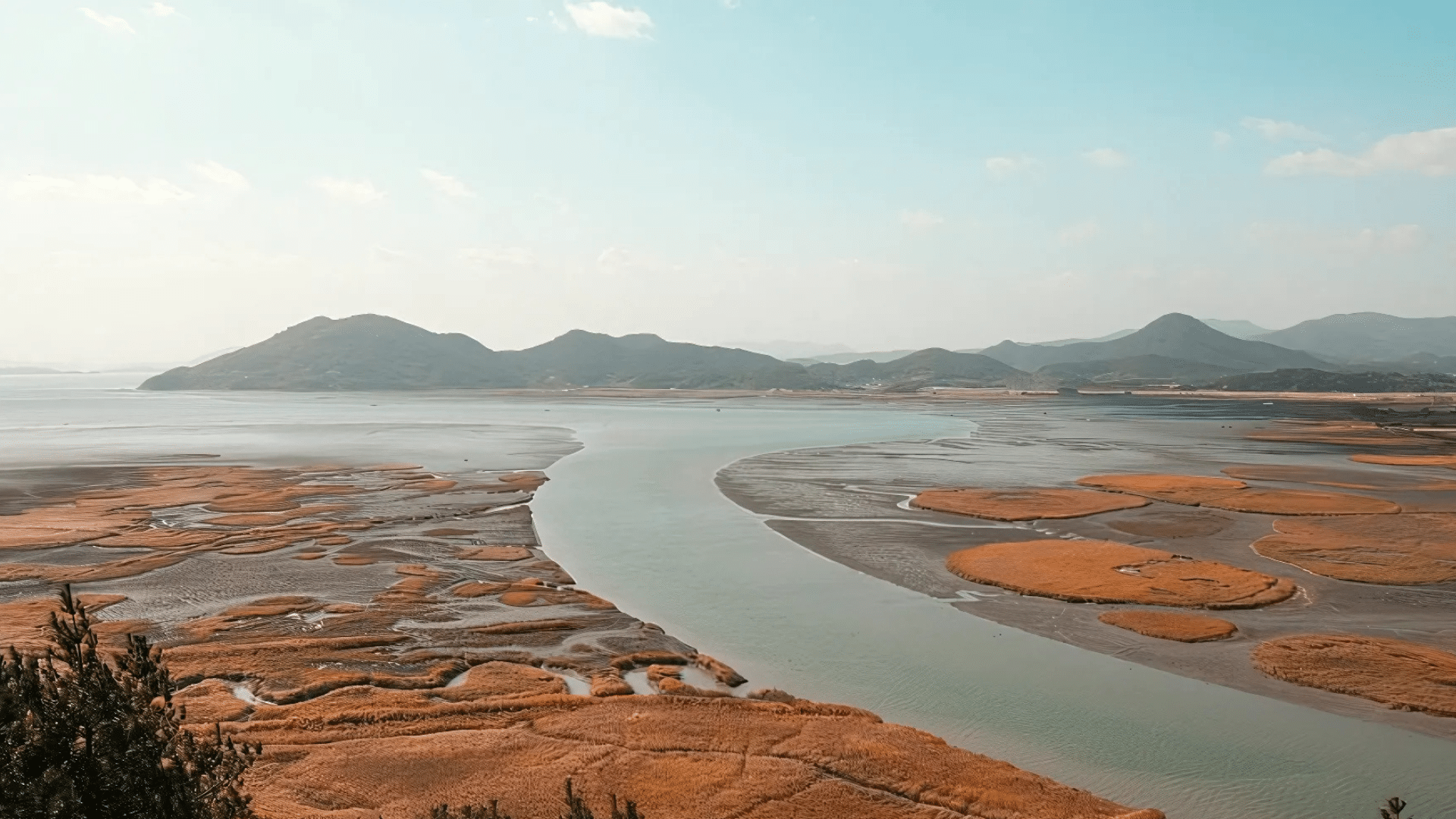
Overview: The largest field of reeds in South Korea, located on the southern coast.
Facts:
- Stretches for kilometers with reeds taller than a person.
- Home to over 140 bird species and numerous plants.
- Features a boardwalk that lets visitors walk through the wetlands.
Why Visit: Experience the mesmerizing sight of reeds swaying in the breeze and spot rare birds.
7. Seoraksan National Park
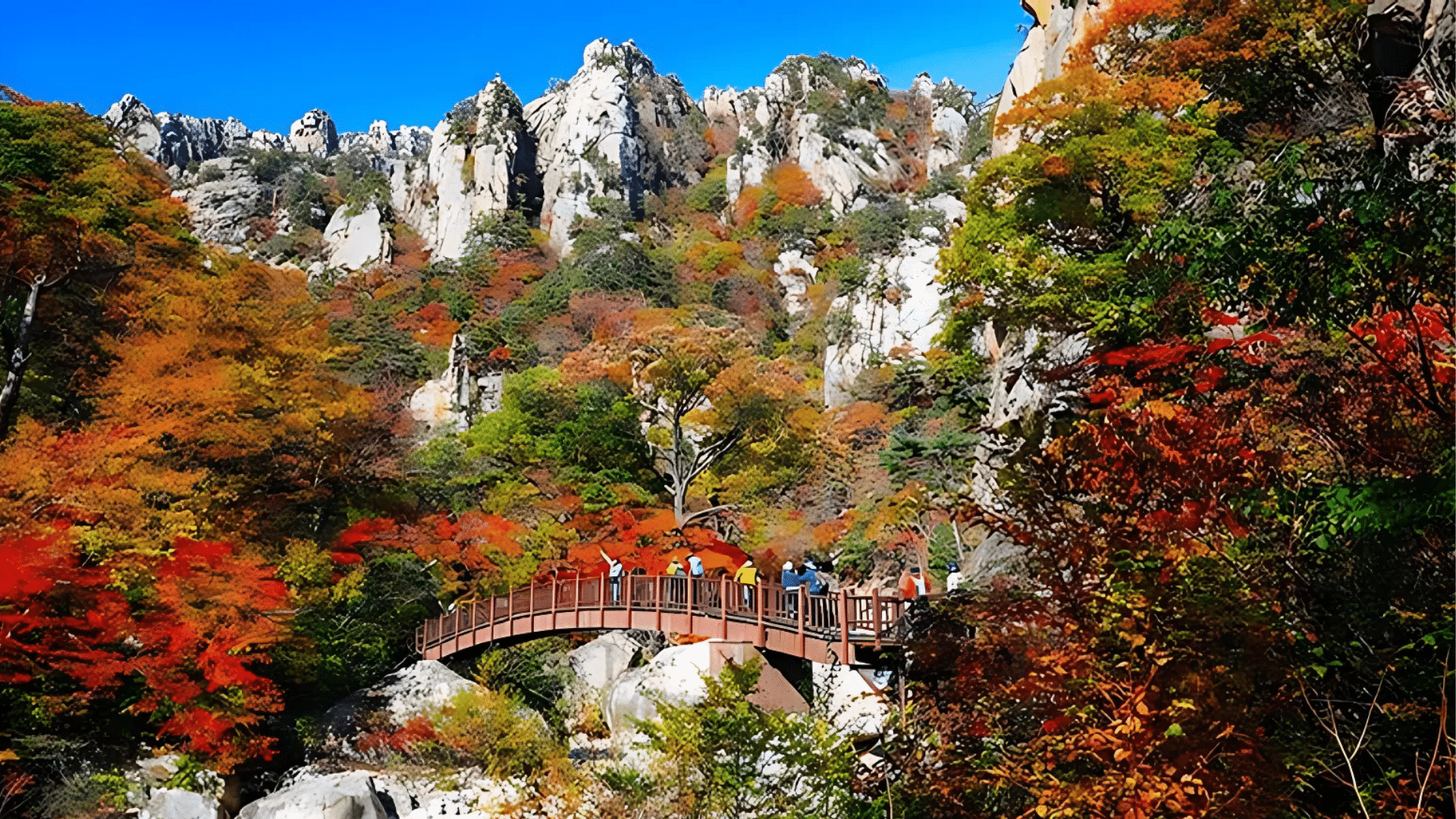
Overview: One of Korea’s most beautiful mountain areas with dramatic peaks and valleys.
Facts:
- Designated as a UNESCO Biosphere Reserve.
- Features Daecheongbong Peak, which rises to 1,708 meters.
- Home to the ancient Sinheungsa Temple and a giant Buddha statue.
Why Visit: Hike through stunning trails and see fall colors that attract visitors from across Asia.
8. Mudeungsan National Park
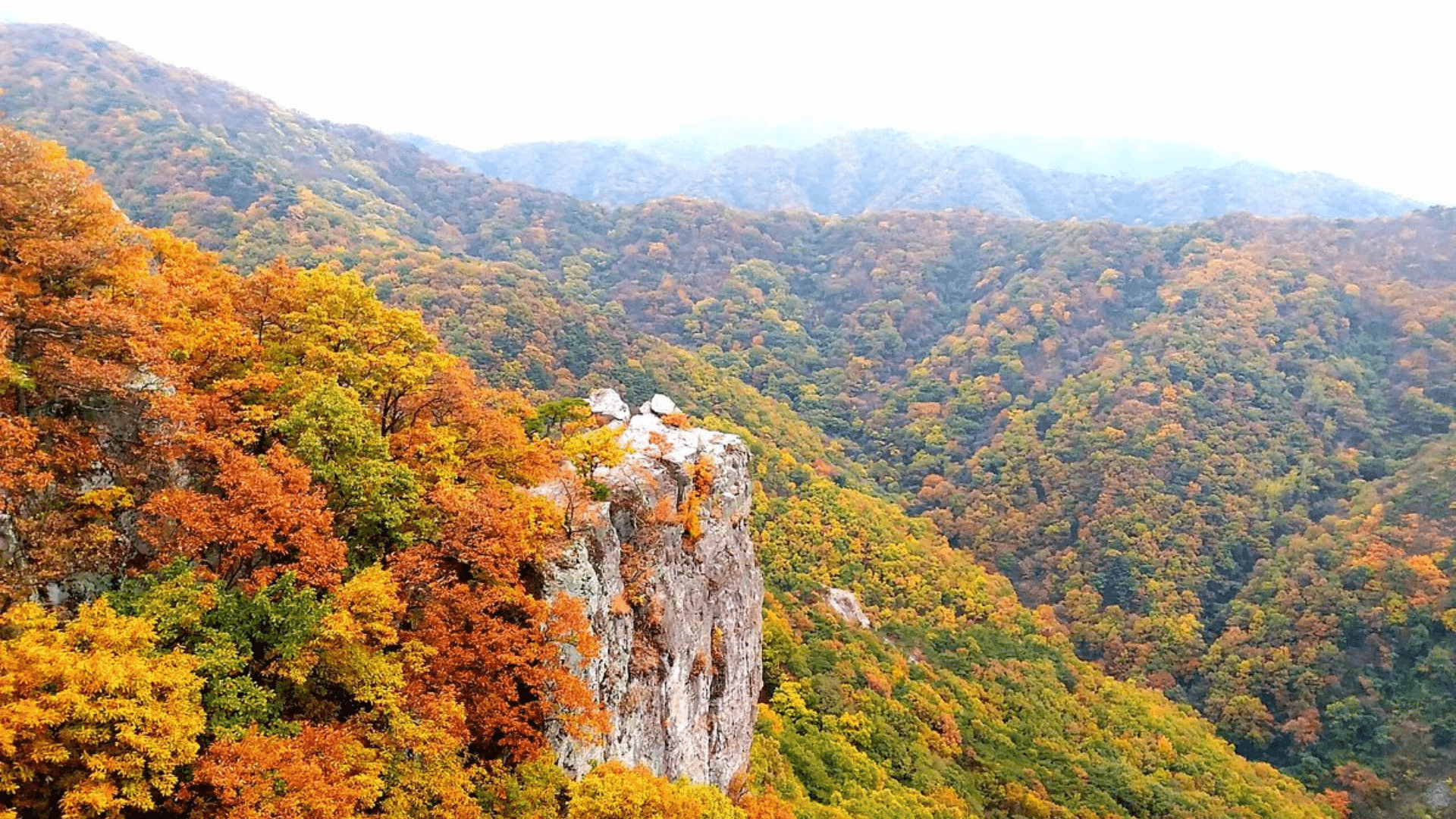
Overview: A mountain park known for its unique rock formations and autumn foliage.
Facts:
- Located near Gwangju in southwestern Korea.
- Features three distinctive peaks and numerous hiking trails.
- Home to Jeungsimsa Temple, the oldest temple in Gwangju.
Why Visit: Enjoy accessible hiking routes and spectacular views of the surrounding countryside.
9. Jeju Island
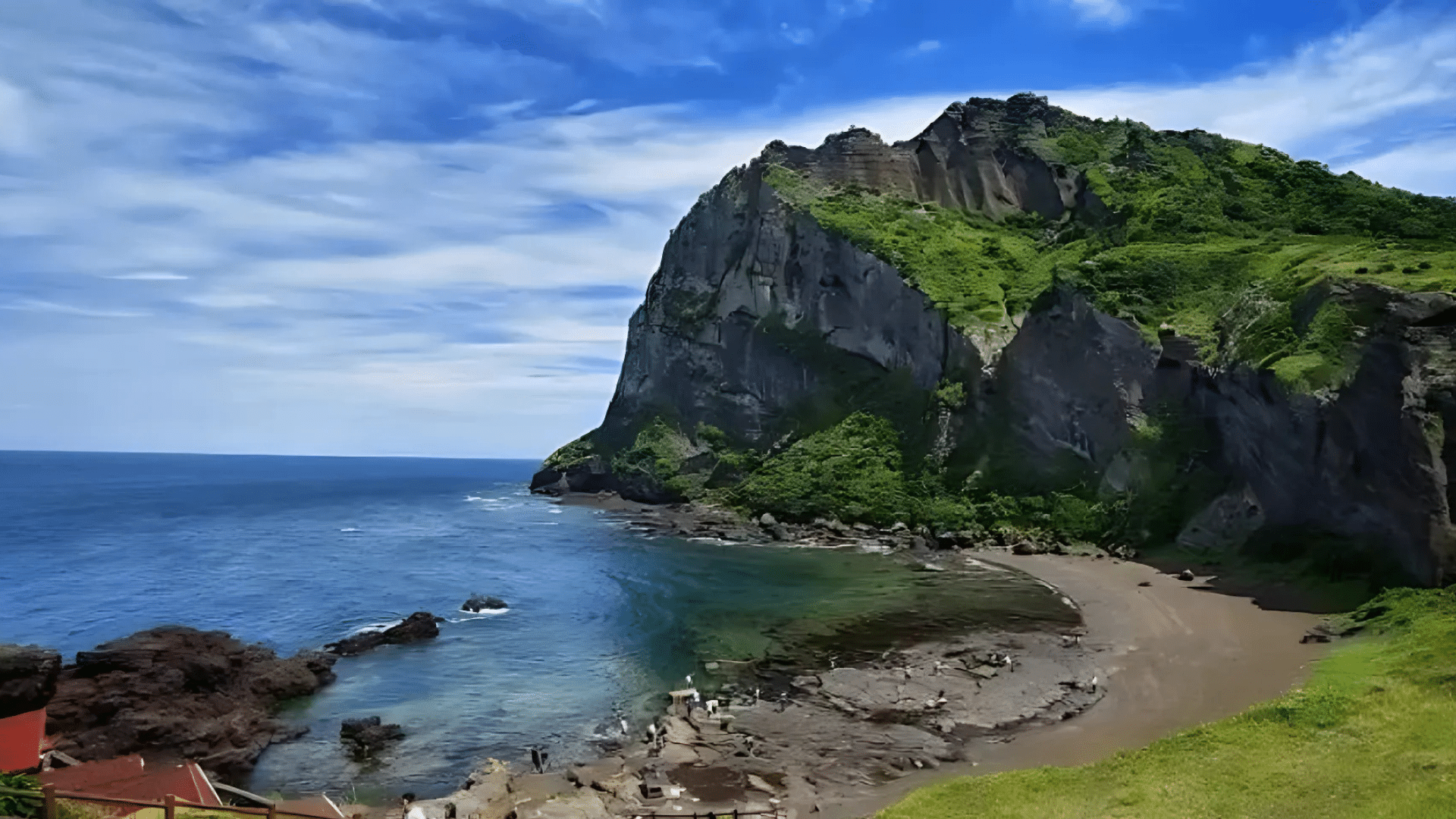
Overview: A volcanic island with unique landscapes and cultural traditions.
Facts:
- Korea’s largest island and a UNESCO World Heritage Site.
- Features Hallasan, South Korea’s highest mountain.
- Known for its female free-divers called “haenyeo” and stone grandfather statues.
Why Visit: Explore lava tubes, waterfalls, beaches, and a distinct island culture.
Modern Landmarks
South Korea’s rapid development has created impressive modern structures that showcase the country’s innovation and growth.
These contemporary landmarks highlight Korea’s technological progress and forward-thinking vision, standing as symbols of national pride and achievement.
10. N Seoul Tower
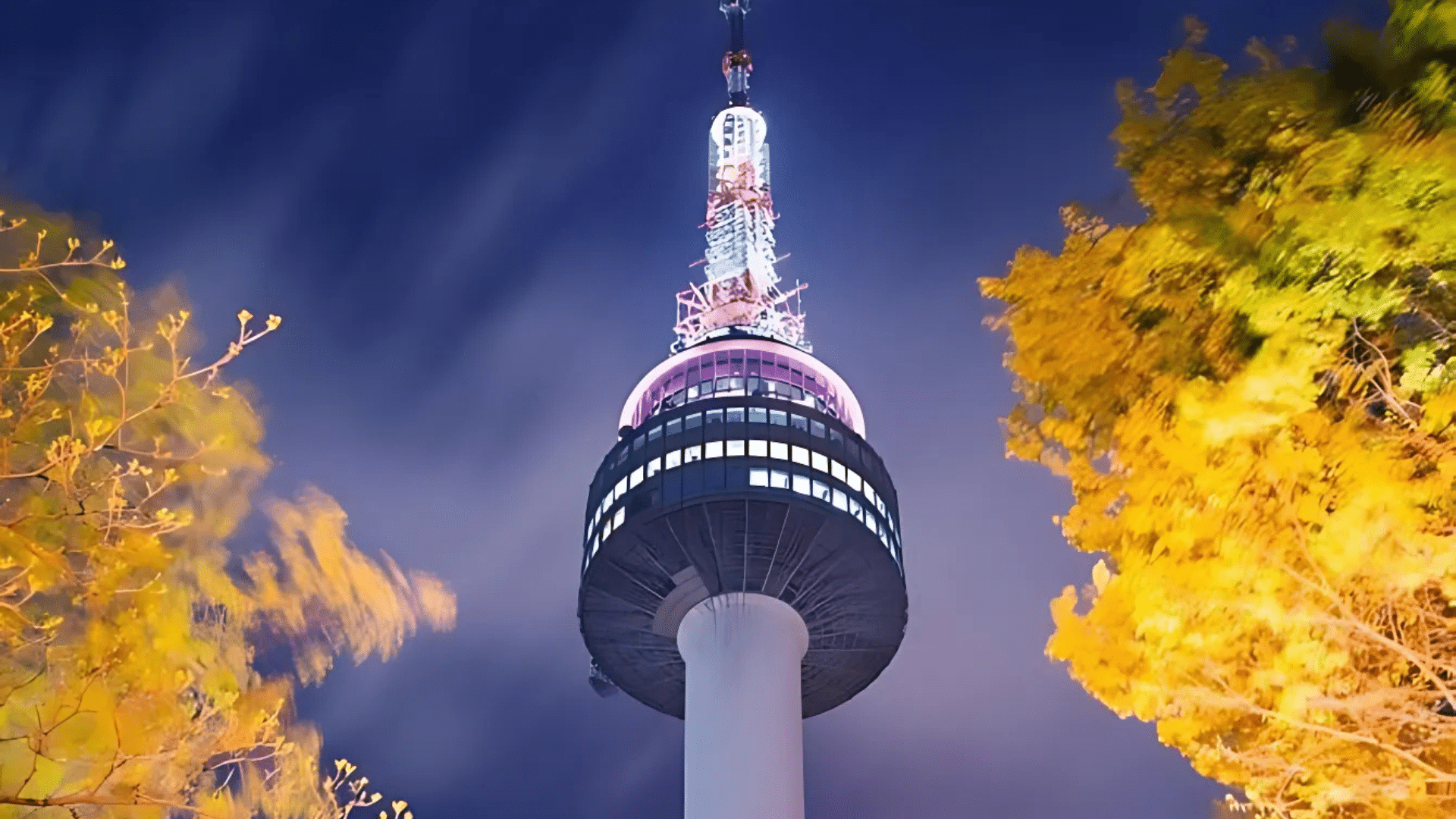
Overview: A communication and observation tower on Namsan Mountain in central Seoul.
Facts:
- Completed in 1971 and opened to the public in 1980.
- Stands 236 meters tall with an overall height of 480 meters above sea level.
- Features multiple observation decks and rotating restaurants.
Why Visit: Enjoy breathtaking 360-degree views of Seoul and add a love lock to the famous fence.
11. Lotte World Tower
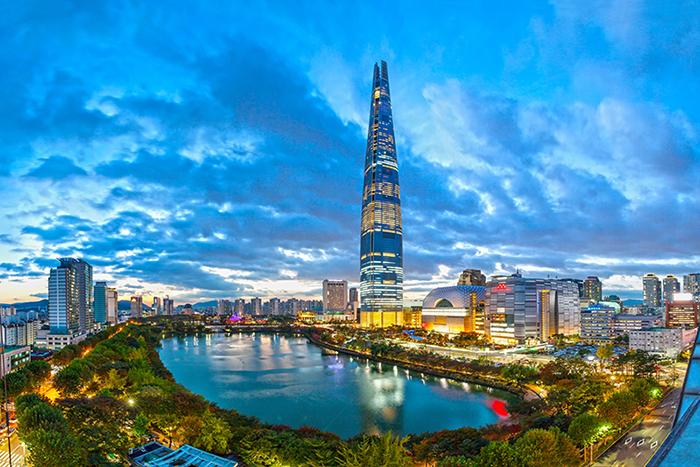
Overview: The tallest building in South Korea and the fifth tallest in the world.
Facts:
- Stands 555 meters tall with 123 floors.
- Completed in 2017 after 13 years of planning and construction.
- Houses offices, a luxury hotel, apartments, and the world’s highest glass-floor observation deck.
Why Visit: Experience the Seoul Sky observatory for unmatched views and visit the massive shopping mall at its base.
12. The Blue House
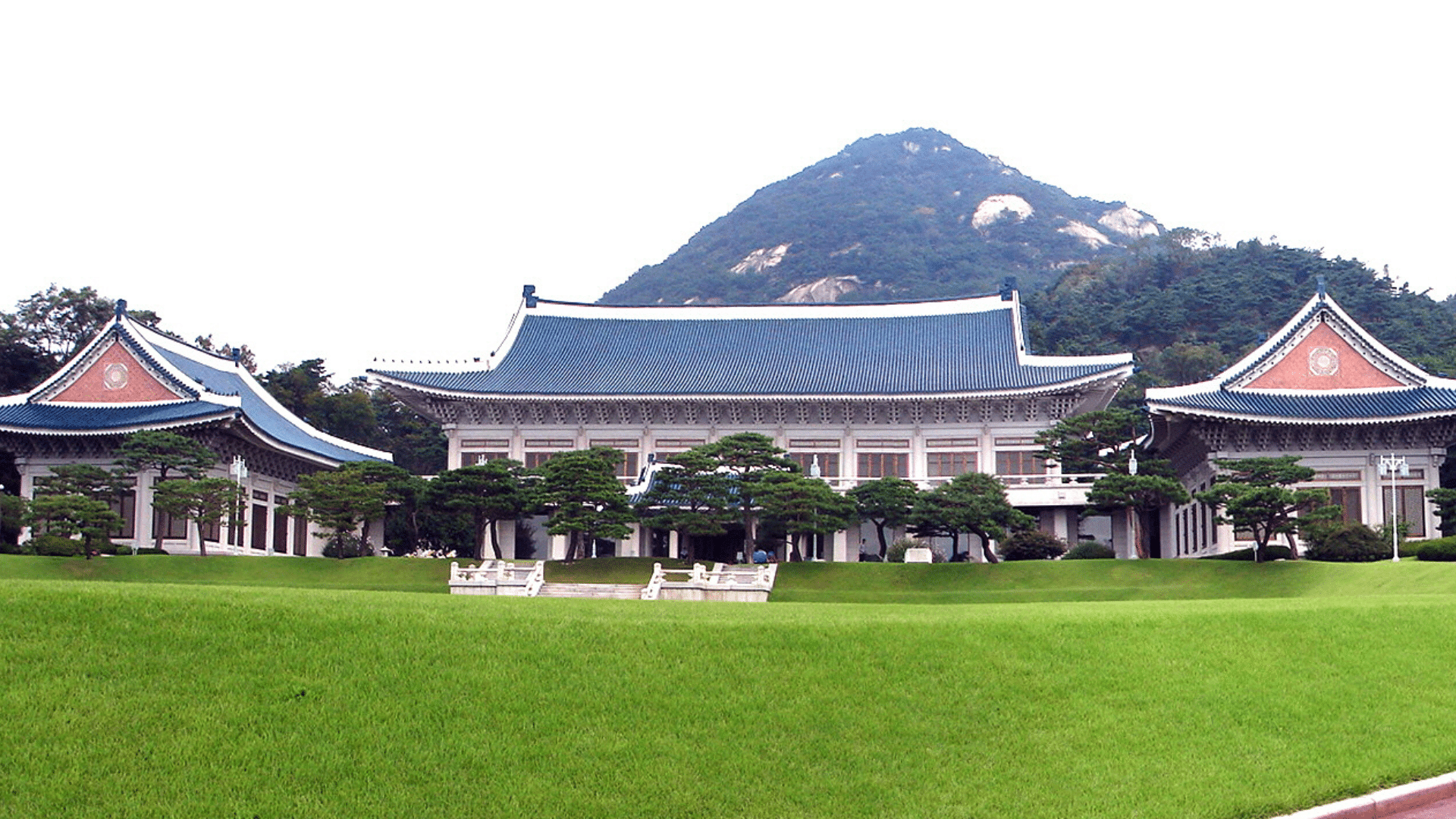
Overview: The former presidential palace and executive offices of South Korea.
Facts:
- Named for its 150,000 distinctive blue roof tiles.
- Built in 1991 in the gardens of Gyeongbokgung Palace.
- Opened to the public for the first time in 2022.
Why Visit: Tour the grounds where Korea’s presidents lived and worked, with beautiful gardens and traditional architecture.
13. Dongdaemun Design Plaza
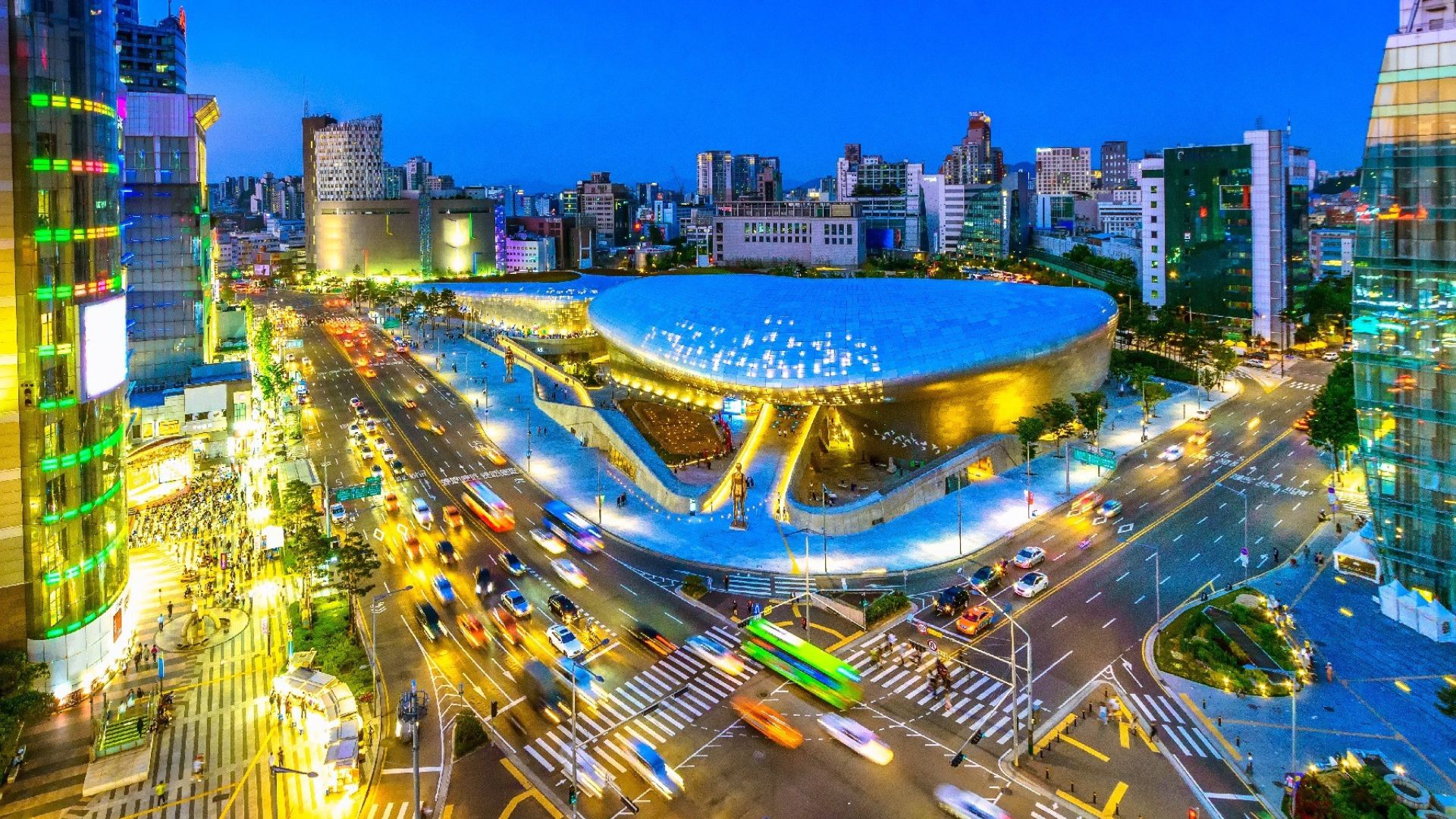
Overview: A major urban development landmark designed by architect Zaha Hadid.
Facts:
- Completed in 2014 with a unique, curved, futuristic design.
- Houses exhibition spaces, a design museum, and fashion showcases.
- Features an LED rose garden that lights up at night.
Why Visit: See cutting-edge architecture and visit the night markets that surround this creative hub.
14. Incheon International Airport
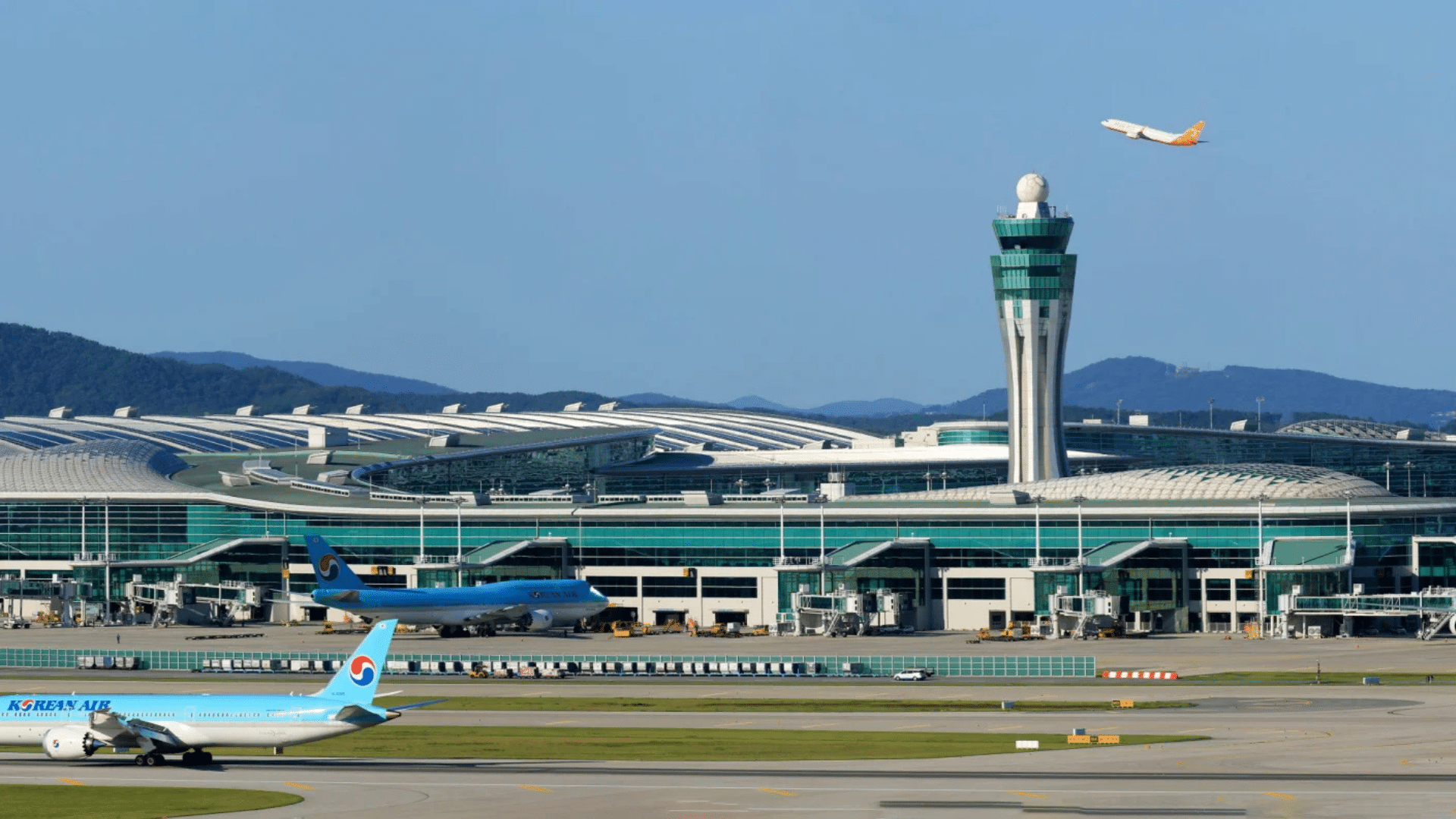
Overview: It is one of the world’s best airports and a gateway to South Korea.
Facts:
- Opened in 2001 and consistently ranked among top airports globally.
- Features cultural performances, gardens, and museum exhibitions.
- Handles over 70 million passengers annually.
Why Visit: Experience award-winning facilities and cultural activities even during a layover.
15. The Korean DMZ

Overview: The border area between North and South Korea.
Facts:
- A 4-kilometer-wide, 250-kilometer-long buffer zone was established in 1953.
- One of the most heavily fortified borders in the world.
- Contains the Joint Security Area where officials from both sides meet.
Why Visit: Gain insights into the Korean conflict and see North Korea from observation areas.
Planning Your Visit to South Korea
A bit of preparation before heading to South Korea’s landmarks will make your trip more enjoyable.
The country has four distinct seasons, each offering different experiences at these famous sites. Consider factors like weather, crowds, and special events to make the most of your Korean adventure.
Best Times to Visit
The spring (April- May) and fall (September- October) offer mild temperatures and beautiful scenery.
Spring brings cherry blossoms to many sites, while fall shows off beautiful red and gold foliage at mountain parks.
Summer can be hot and rainy, while winter is cold but offers unique snowy views at places like Seoraksan.
Travel Tips
Getting around South Korea is easy with the right tools. A transportation card and translation app can make your trip smoother, while planning ensures a hassle-free experience.
- Purchase a T-money card for public transportation across major cities.
- Consider the Korea Tour Card for discounts at many landmarks.
- Download translation apps like Papago for easier communication.
- Book palace and temple tours in advance during peak seasons.
- Wear comfortable shoes, as many historical sites require lots of walking.
Cultural Etiquette
In many cultures, it is important to remove your shoes before entering temples, traditional houses, and some restaurants.
This shows respect and cleanliness. When greeting people, especially elders, a slight bow is a polite gesture. Accepting items with both hands is another way to show respect.
It is also important to keep noise levels down at historical and religious sites. Always ask for permission before taking photos of people, especially in traditional villages.
Final Thoughts
South Korea has so much to offer, from historic sites to vibrant cityscapes and peaceful natural spots.
If you’re interested in learning about the past or experiencing modern attractions, each place on this list has something special.
I hope this guide helps you plan a trip filled with unforgettable moments. Every destination reflects Korea’s deep history and lively culture, making it a country worth visiting at least once.
Now that you have a list of must-visit spots, it’s time to start planning your trip and make the most of your experience in this incredible destination!

